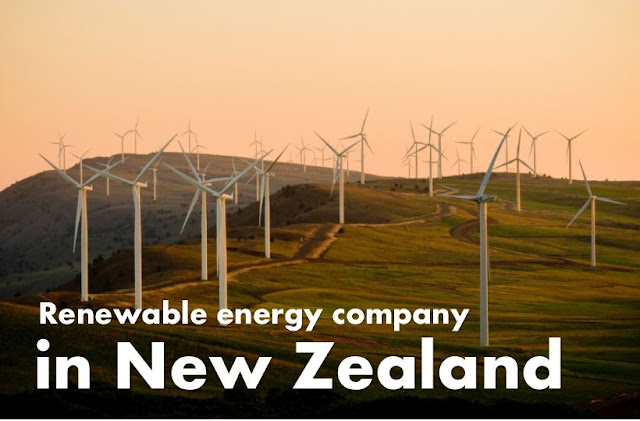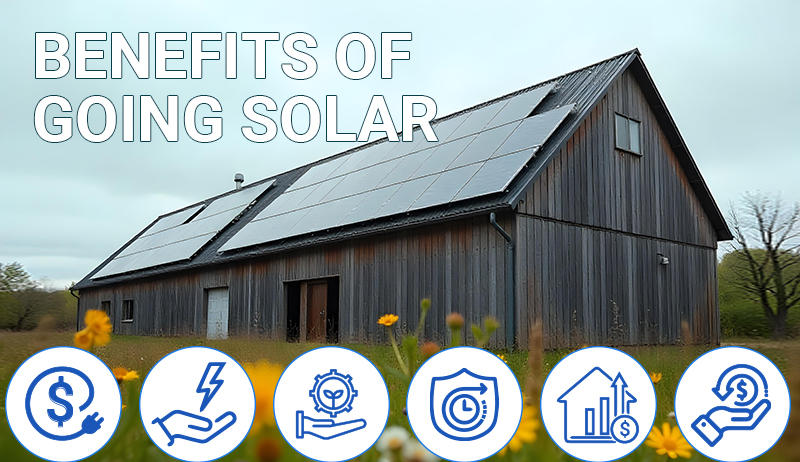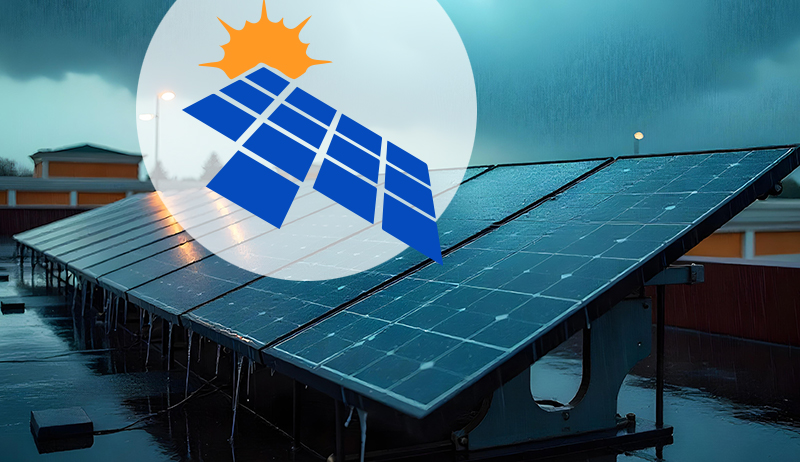New Zealand renewable energy industry
New Zealand has a vibrant renewable energy industry with several companies actively involved in the development, operation, and maintenance of renewable energy projects.
One such company is Meridian Energy, which is New Zealand’s largest renewable energy company and generates electricity from hydro, wind, and solar power.
Meridian Energy operates several renewable energy projects across New Zealand, including the Manapouri hydroelectric power station, which is one of the largest hydroelectric power stations in the country. The company also operates several wind farms, including the Te Uku and White Hill wind farms, and has recently completed construction of a solar farm in the North Island.
Another prominent renewable energy company in New Zealand is Contact Energy, which generates electricity from a mix of hydro, geothermal, and wind power. The company operates several hydroelectric power stations and geothermal power plants across the country, and also has interests in wind farms.
In addition to these large companies, there are also several smaller renewable energy companies in New Zealand, such as Windflow Technology, which specializes in designing and manufacturing wind turbines, and Pioneer Energy, which develops and operates small-scale hydroelectric power stations.
New Zealand has a strong and diverse renewable energy sector, and the country is committed to transitioning to a low-carbon energy system. The government has set a target of generating 100% of its electricity from renewable sources by 2030, and the renewable energy industry is expected to play a significant role in achieving this goal.
New Zealand renewable energy company
Here are some New Zealand renewable energy companies and their locations:
Meridian Energy – Wellington
Contact Energy – Wellington
Genesis Energy – Auckland
Trustpower – Tauranga
Nova Energy – Taranaki
Vector Limited – Auckland
Windflow Technology – Christchurch
Pioneer Energy – Alexandra
NextGen Energy – Taranaki
South Pacific Hydro – Nelson
It’s worth noting that many of these companies have projects and operations throughout New Zealand, not just in the locations listed above.
New Zealand renewable energy company project
One of the largest renewable energy companies in New Zealand is Meridian Energy.
The company generates electricity from a mix of hydro, wind, and solar power, and is the largest generator of electricity in New Zealand, with a market share of around 35%.
Meridian Energy operates several large-scale renewable energy projects across New Zealand. Its hydroelectric power stations include the Manapouri, Waitaki, and Benmore power stations, which generate a significant amount of the country’s electricity. The company also operates several wind farms, including the Te Uku, Te Apiti, and Mill Creek wind farms, which have a combined capacity of over 500 MW. In addition, Meridian Energy has recently completed construction of a solar farm in the North Island, which has a capacity of 26 MW and can generate enough electricity to power around 4,500 homes.
Meridian Energy has a strong commitment to sustainability and has been recognized for its environmental and social responsibility. The company has set a target of reducing its greenhouse gas emissions by 90% by 2030, and has been investing in research and development to improve the efficiency and performance of its renewable energy projects. In addition, Meridian Energy has implemented several initiatives to support local communities, such as providing funding for education and conservation programs.
Meridian Energy is a leading renewable energy company in New Zealand, with a strong focus on sustainability and a diverse portfolio of renewable energy projects. The company is expected to play a significant role in New Zealand’s transition to a low-carbon energy system in the coming years.
Here are some renewable energy projects undertaken by the New Zealand Company
Meridian Energy: Manapouri hydroelectric power station, Waitaki hydroelectric power stations, Benmore hydroelectric power station, Te Uku wind farm, Te Apiti wind farm, Mill Creek wind farm, West Wind wind farm, and Pukaki hydroelectric power station.
Contact Energy: Wairakei geothermal power station, Te Mihi geothermal power station, and Clyde Dam hydroelectric power station.
Genesis Energy: Hau Nui wind farm, Castle Hill wind farm, and Tekapo hydroelectric power station.
Trustpower: Mahinerangi wind farm, Snowtown 2 wind farm, and Kaiwera Downs wind farm.
Nova Energy: Waitahora wind farm.
Vector Limited: Cleardale and Glenariffe wind farms.
Windflow Technology: Windflow 500 turbine, a mid-sized wind turbine designed for distributed generation.
Pioneer Energy: Port Craig hydroelectric power station, Luggate hydroelectric power station, and Matahina hydroelectric power station.
NextGen Energy: Plans to develop several wind farms in Taranaki.
South Pacific Hydro: Several small-scale hydroelectric power stations in the Nelson region.
Conclusion of New Zealand renewable energy company
New Zealand has a strong focus on renewable energy, and there are many companies operating in the sector.
Meridian Energy is one of the largest and most well-known renewable energy companies in the country, with a diverse portfolio of hydroelectric, wind, and solar projects. Other notable companies include Contact Energy, Genesis Energy, and Trustpower, all of which operate large-scale renewable energy projects in various locations throughout the country.
Tthe New Zealand renewable energy industry is expected to play an increasingly important role in the country’s energy system in the coming years. With its abundant natural resources and a growing focus on sustainability, renewable energy is poised to be a major driver of economic growth and environmental progress in New Zealand.
https://www.exaputra.com/2023/03/new-zealand-renewable-energy-company.html
Renewable Energy
Trump’s Agenda Is Even Far-Reaching Than People May Think
 As Trump’s former lawyer Ty Cobb says at left, in addition to turning the United Stated into an autocratic regime, at the same time, Trump needs to alter history such that future generations don’t think he did anything wrong.
As Trump’s former lawyer Ty Cobb says at left, in addition to turning the United Stated into an autocratic regime, at the same time, Trump needs to alter history such that future generations don’t think he did anything wrong.
Yes, he has his hands full, but he’s assisted by hundreds of traitors in congress, and hundreds of millions of hateful morons in the U.S. electorate.
Renewable Energy
Victoria’s VEU Scheme Introduces New Solar Incentives for C&I Properties
Renewable Energy
Does Evil “Destroy Itself?”
What Aristotle said here is interesting, especially since there has been so must of both evil and good through the millennia. The days since Aristotle have been marked by the Golden Age of Rome (Pax Romana), the Dark Ages, the Spanish Inquisition, the Rennaissance, the Enlightenment, the end of slavery, the slaughter of the Native Americans, the post-Emancipation oppression of Black Americans, the Holocaust, and so many more major historical events.
It seems we’re just about to see what happens to the evil represented by Trump’s second term in office. It seems that the United States has re-elected a man to the highest position on Earth whose only interests are punishing his enemies, enriching himself from public office, further consolidating his power, and keeping himself out of prison.
Will this evil destroy itself?
Again, we’ll have to wait and see.
-
Climate Change2 years ago
Spanish-language misinformation on renewable energy spreads online, report shows
-
Climate Change Videos2 years ago
The toxic gas flares fuelling Nigeria’s climate change – BBC News
-
Climate Change2 months ago
Guest post: Why China is still building new coal – and when it might stop
-

 Greenhouse Gases1 year ago
Greenhouse Gases1 year ago嘉宾来稿:满足中国增长的用电需求 光伏加储能“比新建煤电更实惠”
-

 Climate Change1 year ago
Climate Change1 year ago嘉宾来稿:满足中国增长的用电需求 光伏加储能“比新建煤电更实惠”
-
Greenhouse Gases2 months ago
Guest post: Why China is still building new coal – and when it might stop
-

 Carbon Footprint1 year ago
Carbon Footprint1 year agoUS SEC’s Climate Disclosure Rules Spur Renewed Interest in Carbon Credits
-
Renewable Energy3 months ago
US Grid Strain, Possible Allete Sale
















